
By Our Reporter
Nepal’s political scene is clearly circling back to familiar patterns. Just a few months ago, the sudden nationwide Gen Z movement shook the country, putting traditional parties on the spot and forcing a brief moment of self-reflection. That pause, however, didn’t last long. As the youth protests faded from the streets, parties quietly returned to old habits: familiar rivalries, power-centric maneuvering, and reactive politics.
At the height of the youth movement, parties seemed cautious, unsure about how to respond or which issues to prioritize. That uncertainty has since evaporated. The Maoist Centre is trying to unite the left, acknowledging its dwindling influence while attempting to engage the younger generation. The Nepali Congress remains caught up in internal debates over its convention and leadership, though it has signaled commitment to upcoming elections. Meanwhile, the UML has been the most active, flexing its organizational and political muscles to regain visibility and influence.
A striking example came at a UML event in Simara, Bara, where a group of youths protested. All parties condemned it as an attack on institutional politics, showing one fact clearly: even when weakened, traditional parties remain central to Nepal’s political system.
The government’s announcement of mid-term parliamentary elections on 21 Falgun (March 5, 2026) added another layer of uncertainty. The timing—skipping local elections due next year and federal elections in two—suggested a politically calculated move. The announcement toppled the Oli-led government and brought in a new one. Yet beyond the change in leadership, real policy, vision, or reforms remain absent. As citizens wryly observe, it’s a case of “old faces in new seats,” with the system itself largely untouched.
The Gen Z movement, peaking on Bhadra 23-24 (September 8, 9, 2025 AD) with damage to heritage sites, drew national attention but failed to create lasting change. Its leadership fragmented, and no unified front emerged to challenge entrenched parties. While youth concerns were legitimate, the vacuum allowed self-interested actors to gain.
The UML has taken an assertive stance, arguing the current government lacks constitutional legitimacy. This rhetoric, once unimaginable without security interventions, signals political regression. Transformative momentum has stalled, leaving the country reliant on old dynamics.
Today, parties are split. Congress and the Maoists seem open to either reinstatement or elections, while UML is firmly for reinstatement. The Supreme Court’s ruling remains the key uncertainty and could once again shift political calculations.
Nepal needs respect for process, constitutional norms, and consensus-driven politics more than confrontational gestures. Until parties genuinely reflect on themselves and respond to societal changes, movements like Gen Z will continue to surface, but meaningful, integrated solutions will remain out of reach.








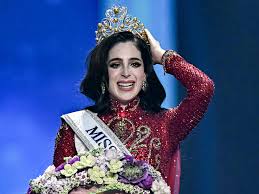
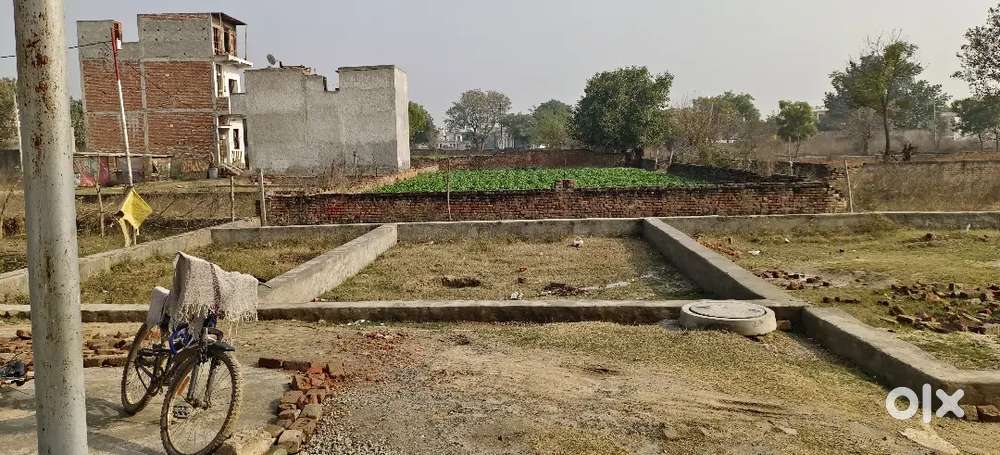
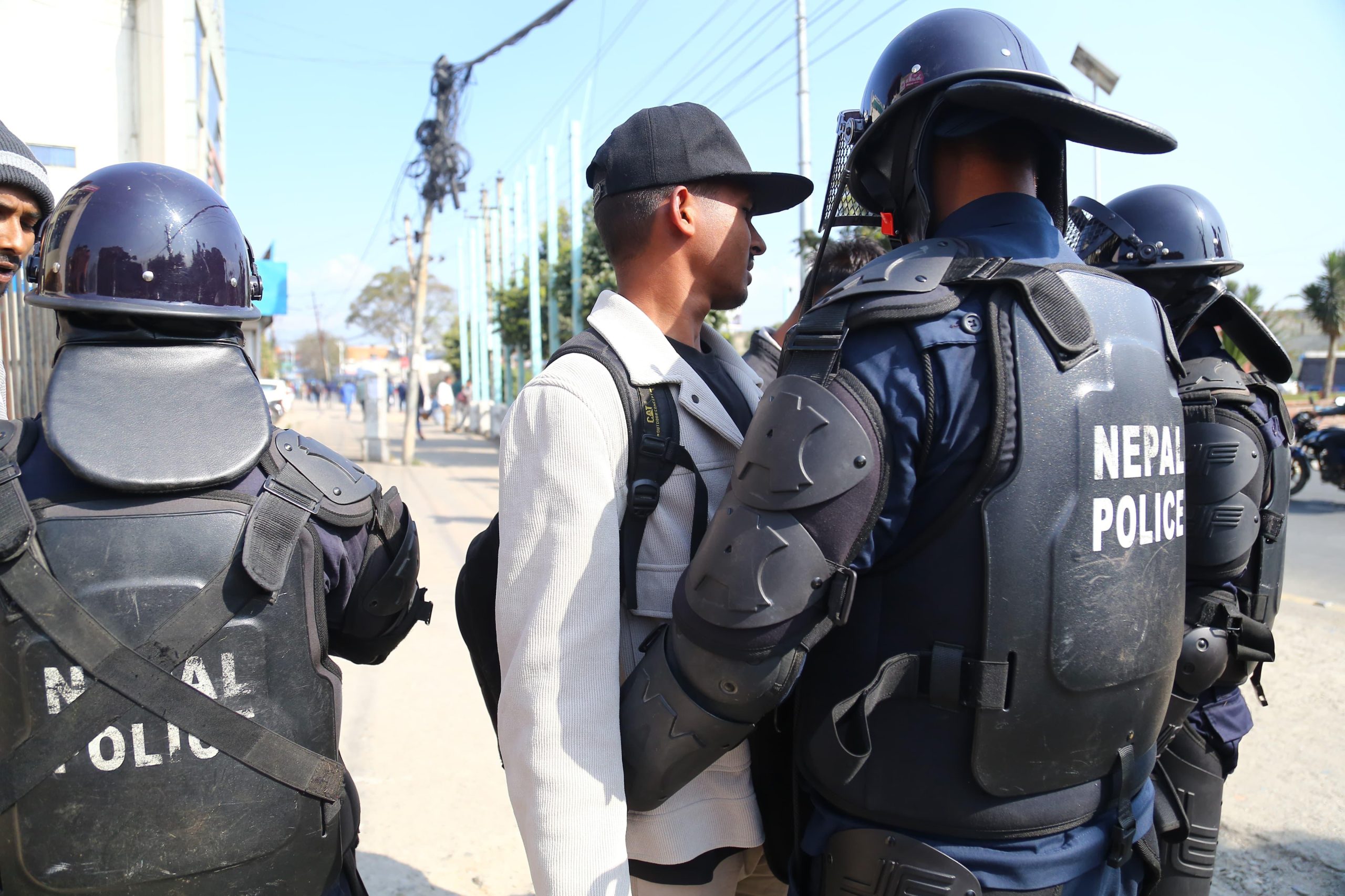
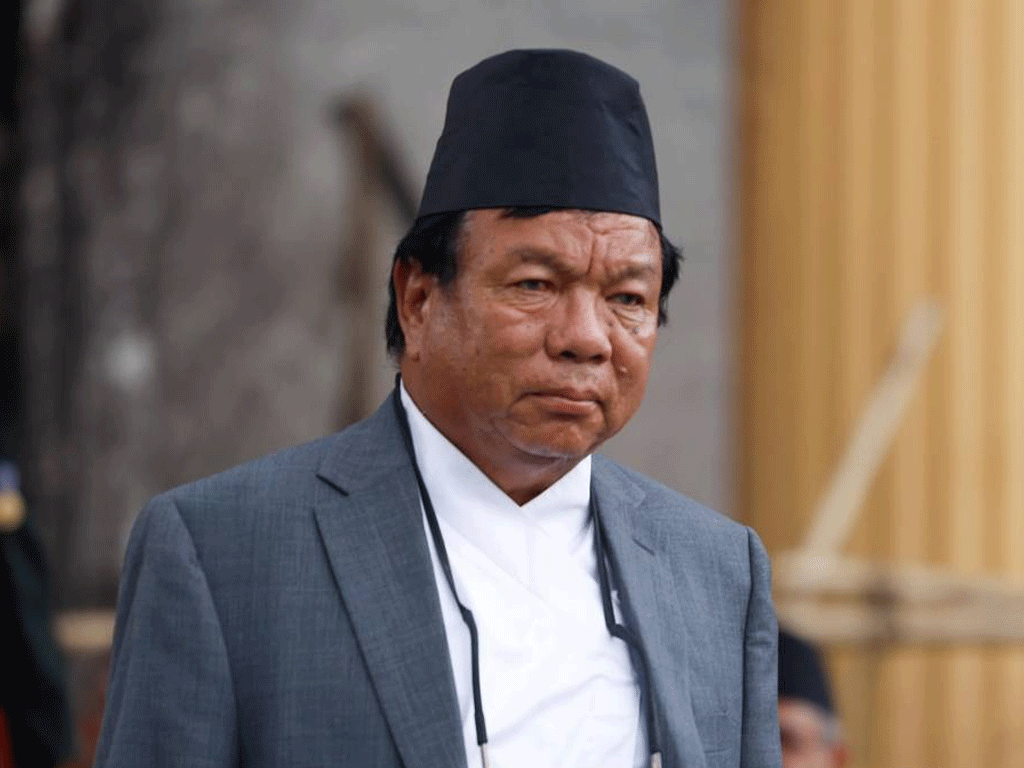

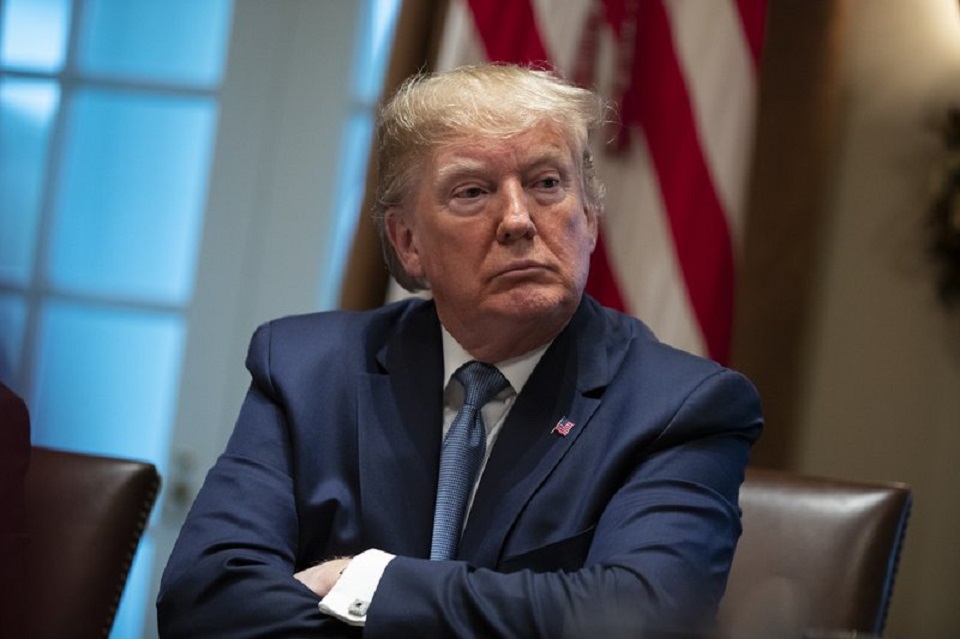





Comments:
Leave a Reply